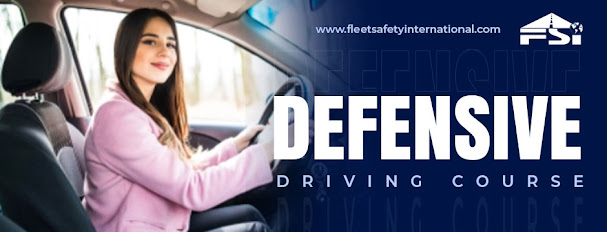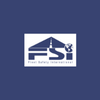Any driver, regardless of age, may benefit from taking a safety course. Teens are frequently urged to do so in order to advance their abilities early on. Accident avoidance is one of the major benefits of taking a safe driving course, but there are other benefits as well. The driver is better prepared for numerous scenarios, risks, or mishaps that may arise while driving when they practice defensive driving habits and attitudes.
A novice driver could lack the knowledge that comes from years of driving and experiencing a range of situations, both positive and negative. Learning defensive driving skills will keep you safe on our roads if you're a new driver! The following are some benefits of enrolling in a driver safety course:
1. MINDSET
Keeping a clear
head before you get behind the wheel is a crucial component of defensive
driving. You should be ready to exercise patience, self-assurance, and
composure. If you're feeling irate, upset, exhausted, or inebriated from drugs
or alcohol, don't drive. Also, you must be prepared to give driving your
undivided attention. All drivers, not only inexperienced ones, need to be
mindful of the distractions within the car that might divert your focus from
the imperative work at hand.
Your capacity to react swiftly and correctly when presented with a dilemma on
the road might be hampered by activities like changing the radio station,
conversing with other drivers, dealing with youngsters, and drinking or eating.
2. SPACE MARGINS
A leading contributor
to crashes in BC is tailgating, or driving too closely behind the car in front
of you. Maintain a two-second following distance from the motorist in front of
you in ideal circumstances. Increase your following distance to 3 or 4 seconds
when driving at night, in bad weather conditions like snow or rain, on highways
at high speeds, or on gravel or unpaved roads.
This offers you the chance to react and stop safely in the event that the motorist in front of you suddenly slows down, swerves, applies the brakes hard, or even gets into an accident. Leave adequate space when stopping at an intersection so that you have a way out with a defensive driving course. Another reason for leaving additional space between your car and the one in front of you is so that you may move into it safely if the motorist behind you appears to be unable to stop. This will prevent you from getting struck from behind.
3. COMMUNICATION
Our cars have turn
signals because, in most cases, drivers can't communicate verbally with one another.
Turn signals can be used to let other drivers know that you wish to alter your
position or direction, which will help avoid any confusion. Prior to making a
left or right turn, changing lanes, parking, or driving towards or away from
the side of the road, you should always activate your turn signal.
While using turn signals, be punctual and indicate ahead to give other drivers plenty of time to react. But, be careful not to activate them too quickly and cause confusion. Turn signals are intended to turn off after a turn. However, occasionally the manoeuvre you do, like changing lanes, doesn't need the steering wheel to spin far enough to turn off the light.
Summing Up
Being a novice
driver might be daunting, but if you thoroughly prepare, you're putting
yourself in the best possible position to manage defensive driving course online and offline! Drive in situations
where you may go from straightforward moves to more challenging ones, honing
your abilities as you go. A rookie driver will benefit from having restricted
exposure while developing defensive driving attitudes and behaviours.
For more
information, visit Fleet Safety
International!







1 Comments
Nice Post Visit Us
ReplyDeletedriving school in abbotsford mission
Driving Lessons in Aldergrove